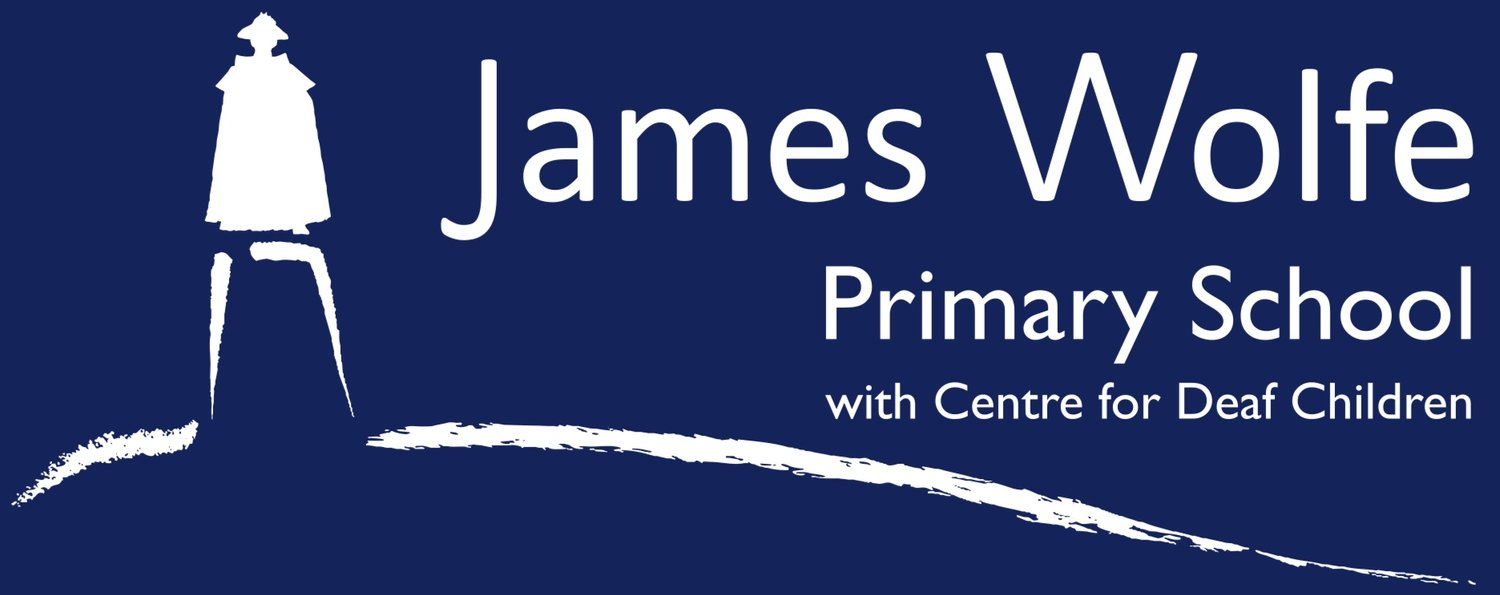The World Around Us
This term’s examples of learning share a focus on how we connect location knowledge to human geography. We want the children to know where places are physically located, as represented on maps, but we also want to give the children the opportunity to imagine what it is like to live in those places. This feeds into the intent of understanding human activity around the world and more broadly this supports our efforts in preparing global, young citizens.
Looking at Types of Transport - EYFS
In EYFS, the children are currently learning about transport in London. This contributes to their understanding of being Londoners as well as residents of the local area in Greenwich. With their teachers, the children have discussed the meaning of the word transport, different types of transport, and which form of transport we might choose depending on the distance we are travelling. The children will soon be visiting London City Airport to observe actual flights leaving London to get a close up look at planes.
Human Mad or Naturally Occurring - Year 1
Year 1 have been learning a crucial geography skill: how to distinguish between human and physical geography. We want this conceptual distinction to be embedded in KS1 before introducing some more challenging examples that are harder to sort in KS2, such as a canal, can be introduced. These year 1 children are beginning to benefit from the school’s focus on oracy and have been trying out different models of talking to support their geography learning.
Continental Differences - Year 3
Our year 3 curriculum includes a lot of location knowledge about the continents of Europe and Africa. The children enjoy using their detective skills when reading an atlas in order to identify countries and capital cities. We hope to follow this up with a greater sense of what it might be like to live in that particular country or city, as well as what physical features it possesses. Year 3 have also been comparing Kenya and the UK, using senses word banks to help scaffold their responses.
Geographical Changes Over Time - Year 6
Year 6 are currently working on a piece of local geography connected to the former 2012 Olympics site in Stratford. When the children visit, they will be able to compare what they have studied on maps of the area, stretching over several hundreds of years, to the ground as it looks today. In this particular activity, the children were asked to locate parts of the Olympic site using 6-digit grid references, before distinguishing between human and physical features of the area. Children that needed more support were given a task to complete 4-digit grid references.




